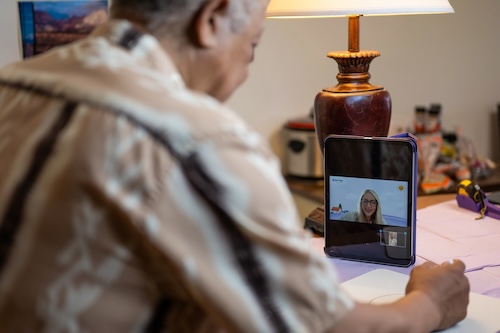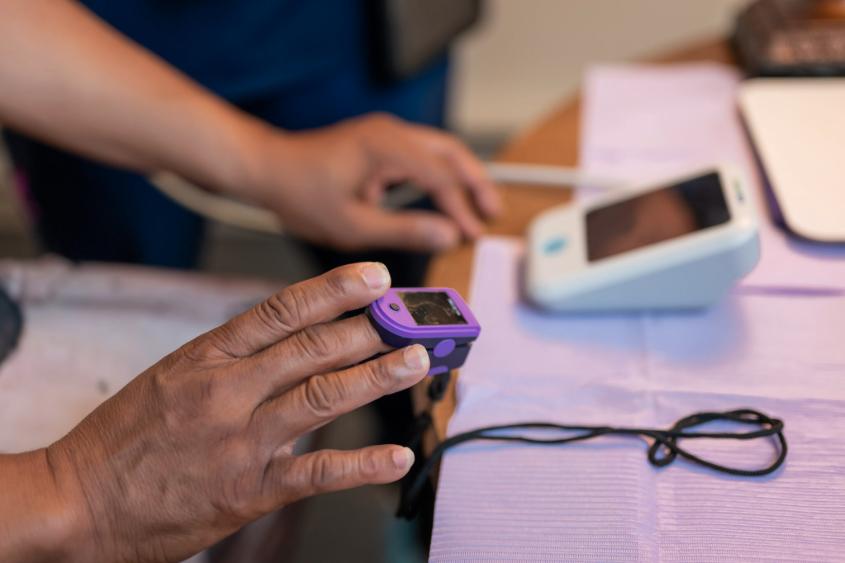2022 Predictions from Sprinter Health

Two years into the COVID-19 pandemic, no industry has been transformed quite as much as the healthcare industry. Thanks to the pandemic, going to the doctor, pharmacy or lab feels downright quaint and old-fashioned. So very 2019. Same with long hospital stays. And these trends are here to stay.
Here’s what we can expect in 2022:
Telehealth Becomes the Norm - Because of the fear of contagion, the pandemic forced many people to try telehealth for the first time, many of them, reluctantly. Having experienced the convenience of a virtual visit, however, most of them (72%) plan to “keep using” telehealth. That’s the word from the 2021 Mercer Health On Demand report, which was based on a survey of 14,000 employees.
Payers Experiment with Virtual-First Health Plan Models - Virtual-only and virtual-first plans are already being launched by payers, and some, like Optum’s version, are proving to be wildly popular. So far, the focus has been on providing most primary care remotely and making telehealth the first line of engagement across all specialties. This is a very interesting model for reducing healthcare costs while offering convenience to patients. By adding home visits by licensed staff for lab draws and vitals checks as well as prescription delivery, these plans can make visiting a doctor’s office, urgent care clinic, diagnostic lab, or pharmacy a thing of the past.
New Imperative: Prioritizing Access to Technology for Telehealth - Doctors and patients have taken to virtual visits in part because of the visual component: Clinicians can more readily assess patients and patients feel more connected to the provider. Unfortunately, a significant percentage of virtual visits end up happening via audio-only phone calls due to lack of technology or broadband connectivity. The tech industry and policymakers need to prioritize expanding access to both to avoid leaving elders and other at-risk populations behind. In 2020, people all around the country prioritized providing access to school children for virtual school. Now it’s time to prioritize those who need access to healthcare.
Homes are for Healing - When hospitals were overrun during the pandemic and the risk of infection was high, there were strong incentives to discharge hospital patients to their homes sooner. Turns out, patients often heal better at home, provided they have the right support. Look to the continued growth of in-home healthcare and related services. While in-home healthcare is already popular with seniors, we expect it to expand to other groups quite quickly.
It is important to note that while the pandemic has accelerated these trends, the seeds were planted long before the emergence of COVID-19 and are also the result of other important factors:
- Technological developments: Telehealth was made possible by better, easy-to-use video calls with appropriate privacy protocols.
- Growing popularity of apps that deliver convenience: If I can use an app to order dinner, why can’t I order a blood draw, COVID test, or prescription?
- Aging population: In-home care is especially popular with our growing population of seniors and the demand will only increase in years to come.
- Rising cost of healthcare: Health plans and providers are always on the look-out for ways to contain costs, even as they improve quality and access to care. Telehealth and in-home care help them do both.
The good news? As long as we prioritize increasing access to the bandwidth and technology necessary for telehealth services, these trends have the potential to greatly improve the quality of patient care while helping to contain costs. In 2022 and beyond, the best patient care will be provided through a hybrid of telehealth services and innovative solutions to bridge the gap (think remote patient monitoring, on-demand prescription delivery, and nurses and phlebotomists who can come to a patient’s home to provide the lab draws and tests that can only be done in person). In short: We can’t wait to say goodbye to the inconvenience of long waits at the doctor’s office, pharmacy counter, and diagnostic labs. Here’s to the innovation that will make for a brighter future.

.png)










